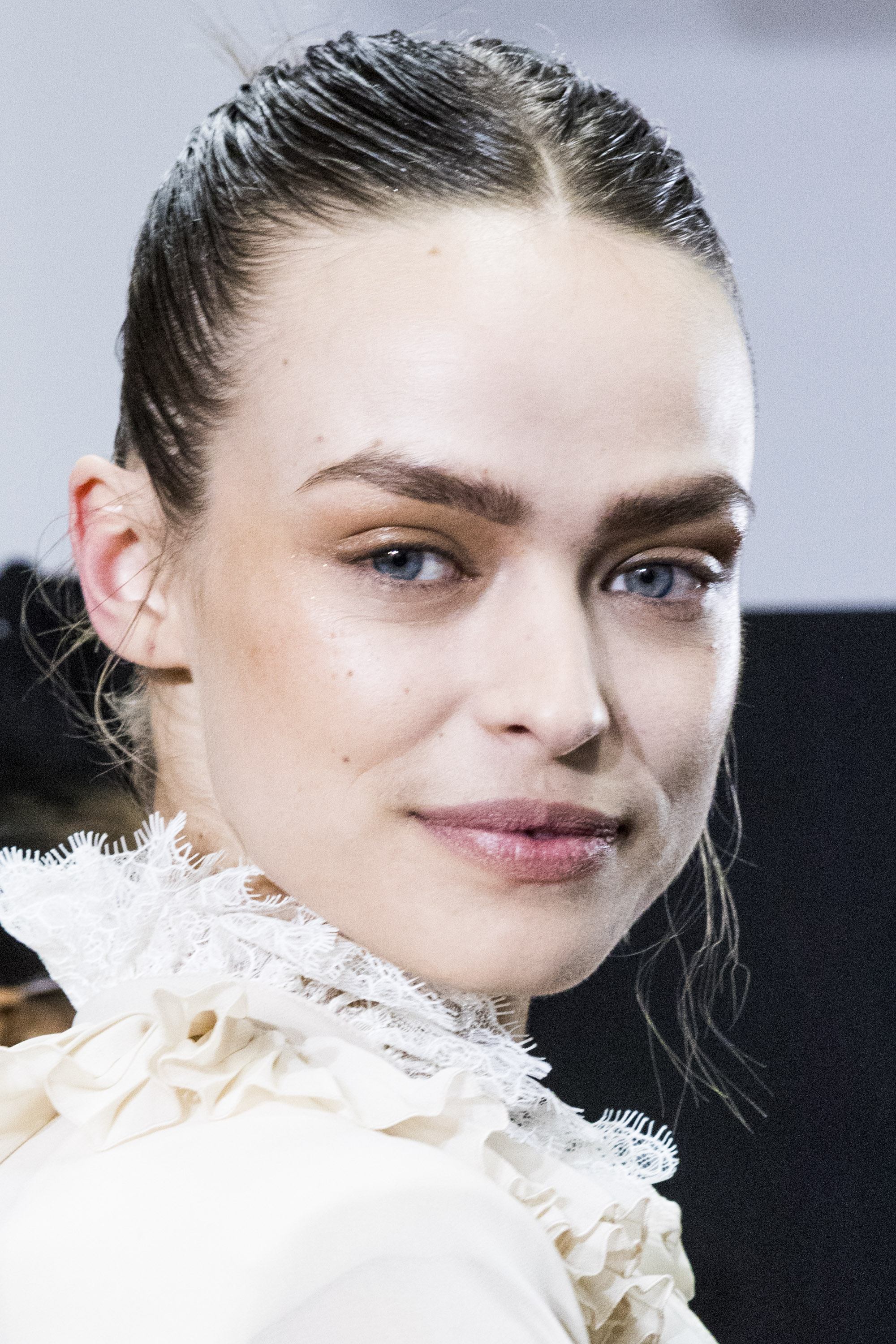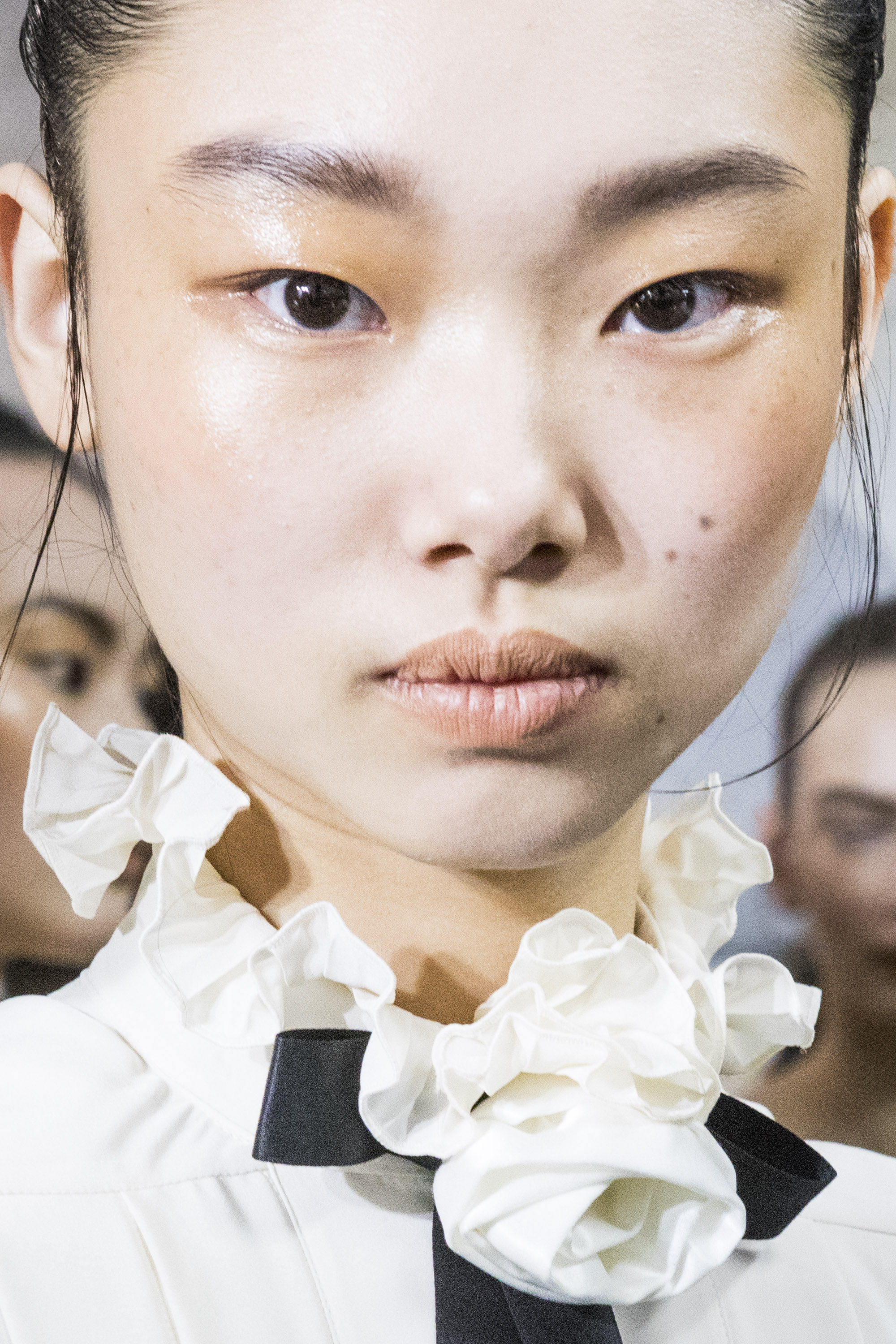News feed
If skincare was an olympic sport, retinol would take home the gold. As far as science-backed, proven effectiveness, it’s a winner through and through. But that’s not to say it’s for everyone, all the time. Retinol, or vitamin A, is complex and highly active, meaning proper education is paramount if you want to use it advantageously (and safely).
To answer the hard questions, we’ve tapped Dr. Michele Squire, a PhD-qualified scientist, science educator, and former Registered Nurse who has been researching skincare science for more than 17 years. Dr. Squire is the founder of QR8, an incredible business that works to curate effective skincare routines using what already exists on the market. Her decisions are based in fact, and she sifts through all the marketing fluff, false claims and sub-par formulations beauty is inundated with.
Here, Dr. Squire explains what retinol is (in its various forms), how it works, and formulas to try (also, be sure to check out her advice on acne treatments and vitamins for skin when you’re done).

Retinol? Retinoid? Vitamin A? What does it all mean?
“Vitamin A (chemical name: retinol) is a fat-soluble vitamin involved in multiple biological pathways in the human body.
In skincare terms, ‘vitamin A’ means retinol OR any of the retinoids, which are any compound derived from vitamin A. These include: retinaldehyde or retinyl esters like retinyl palmitate, retinyl acetate, retinyl propionate.
Retinoids also include the synthetic retinoids developed to treat different skin conditions. Examples of these are tretinoin (retinoic acid), isotretinoin (aka Accutane/Roaccutane), adapalene, tazarotene and trifarotene.
Retinol and retinaldehyde need to be converted to the biologically active form of vitamin A (called retinoic acid) by enzymes in the skin before they can exert their effects. Retinyl esters are converted back to retinol in the skin before undergoing the retinoic acid conversion. Because of this we rank topical retinoid activity in the following order: retinoic acid > retinaldehyde > retinol, with retinyl esters much further down the order.”
What does it do?
“Vitamin A is the gold standard treatment for photo-damaged (sun damaged) skin and to help ageing skin perform a little more like younger skin.
The specific effects are reduction in fine lines and wrinkles through thickening of the epidermis (which thins with age) and production of substances within the epidermis that hold moisture. It also plumps the dermis by increasing production of collagen and inhibiting enzymes that break down collagen.
Retinoids are also very effective in treating acne. They can be used topically to prevent pore blockage and systemically (e.g. Roaccutane) to decrease sebum production, prevent pore blockage and reduce numbers of acne-causing bacteria. These retinoids are available on prescription from a GP or dermatologist.”

So what formulas should we be using?
“Retinoids come with a downside of irritation, and need to be phased in carefully over time. Because I supervise my clients closely when incorporating a retinoid, I recommend prescription strength retinoids OR 1% OTC retinoids like:
Paula’s Choice Clinical 1% Retinol Treatment The Ordinary Granactive 5% Retinoid in Squalane Skinceuticals Retinol 1.0
If you’re starting out at home, have sensitive skin, or haven’t tolerated retinoids in the past, I recommend a lower strength (retinoids are effective between 0.1-1%, so you’re not missing out!):









